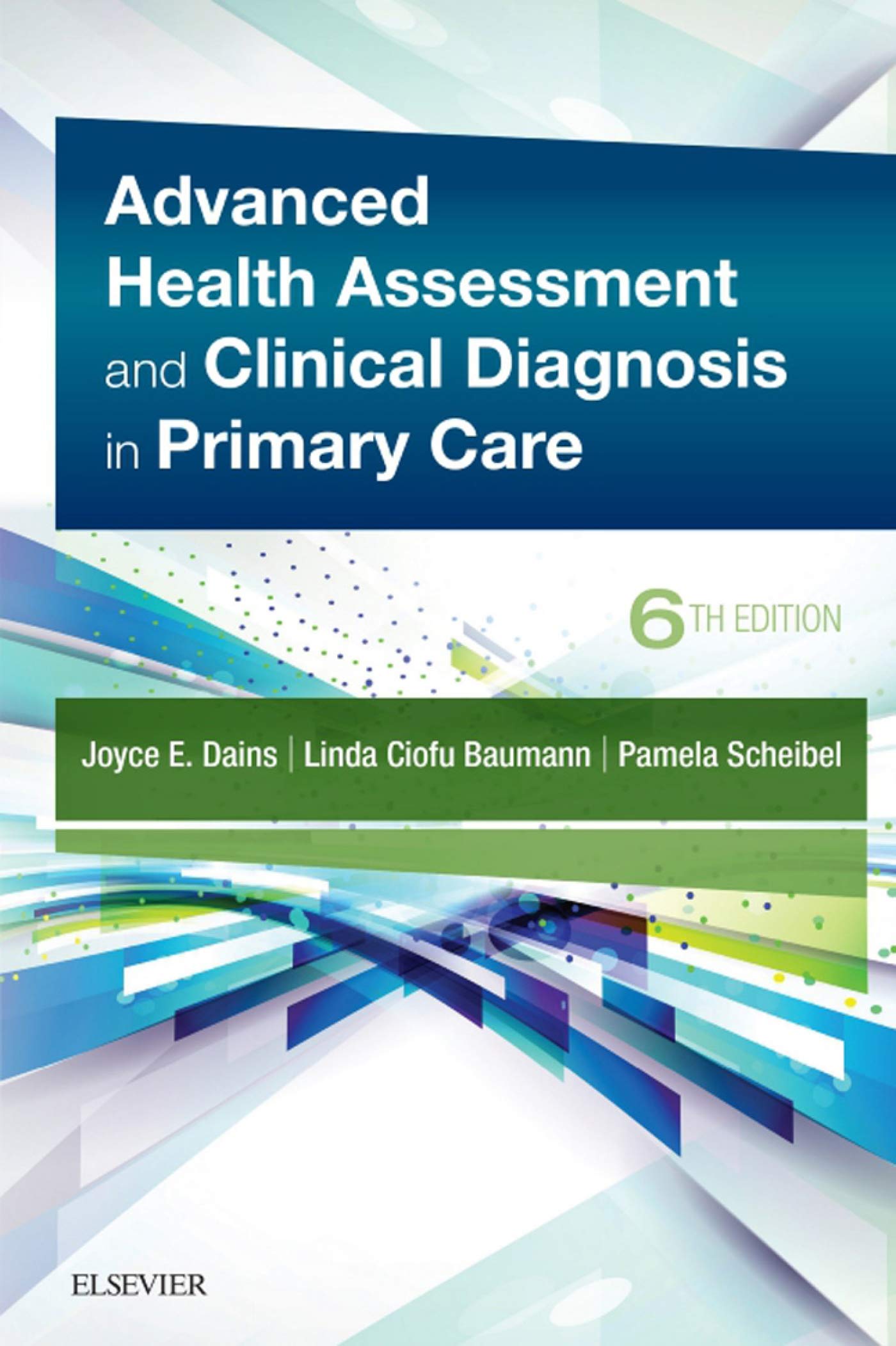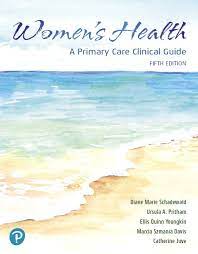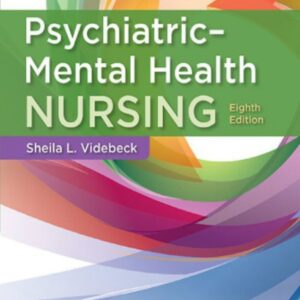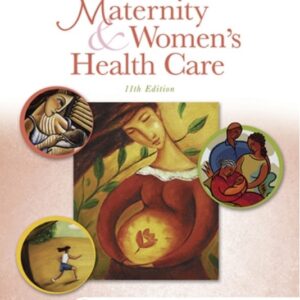Test Bank for Advanced Health Assessment & Clinical Diagnosis in Primary Care 6th Edition By Dains
ISBN-10: 0323554962
ISBN-13: 9780323554961
Chapter 1: Clinical reasoning, differential diagnosis, evidence-based practice, and symptom ana
Multiple Choice
Identify the choice that best completes the statement or answers the question.
1. Which type of clinical decision-making is most reliable?
A. Intuitive
B. Analytical
C. Experiential
D. Augenblick
2. Which of the following is false? To obtain adequate history, health-care providers must be:
A. Methodical and systematic
B. Attentive to the patient’s verbal and nonverbal language
C. Able to accurately interpret the patient’s responses
D. Adept at reading into the patient’s statements
3. Essential parts of a health history include all of the following except:
A. Chief complaint
B. History of the present illness
C. Current vital signs
D. All of the above are essential history components
4. Which of the following is false? While performing the physical examination, the examiner must be able to:
A. Differentiate between normal and abnormal findings
B. Recall knowledge of a range of conditions and their associated signs and symptoms
C. Recognize how certain conditions affect the response to other conditions
D. Foresee unpredictable findings
5. The following is the least reliable source of information for diagnostic statistics:
A. Evidence-based investigations
B. Primary reports of research
C. Estimation based on a provider’s experience
D. Published meta-analyses
6. The following can be used to assist in sound clinical decision-making:
A. Algorithm published in a peer-reviewed journal article
B. Clinical practice guidelines
C. Evidence-based research
D. All of the above
7. If a diagnostic study has high sensitivity, this indicates a:
A. High percentage of persons with the given condition will have an abnormal result
B. Low percentage of persons with the given condition will have an abnormal result
C. Low likelihood of normal result in persons without a given condition
D. None of the above
8. If a diagnostic study has high specificity, this indicates a:
A. Low percentage of healthy individuals will show a normal result
B. High percentage of healthy individuals will show a normal result
C. High percentage of individuals with a disorder will show a normal result
D. Low percentage of individuals with a disorder will show an abnormal result
9. A likelihood ratio above 1 indicates that a diagnostic test showing a:
A. Positive result is strongly associated with the disease
B. Negative result is strongly associated with absence of the disease
C. Positive result is weakly associated with the disease
D. Negative result is weakly associated with absence of the disease
10. Which of the following clinical reasoning tools is defined as evidence-based resource based on mathematical modeling
to express the likelihood of a condition in select situations, settings, and/or patients?
A. Clinical practice guideline
B. Clinical decision rule
C. Clinical algorithm
Chapter 1: Clinical reasoning, differential diagnosis, evidence-based practice, and symptom ana
Answer Section
MULTIPLE CHOICE
1. ANS: B
Croskerry (2009) describes two major types of clinical diagnostic decision-making: intuitive and analytical. Intuitive decision-making (similar to Augenblink decision-making) is based on the experience and intuition of the clinician and is less reliable and
paired with fairly common errors. In contrast, analytical decision-making is based on careful consideration and has greater
reliability with rare errors.
PTS: 1
2. ANS: D
To obtain adequate history, providers must be well organized, attentive to the patient’s verbal and nonverbal language, and able
to accurately interpret the patient’s responses to questions. Rather than reading into the patient’s statements, they clarify any
areas of uncertainty.
PTS: 1
3. ANS: C
Vital signs are part of the physical examination portion of patient assessment, not part of the health history.
PTS: 1
4. ANS: D
While performing the physical examination, the examiner must be able to differentiate between normal and abnormal findings,
recall knowledge of a range of conditions, including their associated signs and symptoms, recognize how certain conditions affect
the response to other conditions, and distinguish the relevance of varied abnormal findings.
PTS: 1
5. ANS: C
Sources for diagnostic statistics include textbooks, primary reports of research, and published meta-analyses. Another source of
statistics, the one that has been most widely used and available for application to the reasoning process, is the estimation based on
a provider’s experience, although these are rarely accurate. Over the past decade, the availability of evidence on which to base
clinical reasoning is improving, and there is an increasing expectation that clinical reasoning be based on scientific evidence.
Evidence-based statistics are also increasingly being used to develop resources to facilitate clinical decision-making.
PTS: 1
6. ANS: D
To assist in clinical decision-making, a number of evidence-based resources have been developed to assist the clinician.
Resources, such as algorithms and clinical practice guidelines, assist in clinical reasoning when properly applied.
PTS: 1
7. ANS: A
The sensitivity of a diagnostic study is the percentage of individuals with the target condition who show an abnormal, or positive,
result. A high sensitivity indicates that a greater percentage of persons with the given condition will have an abnormal result.
PTS: 1
8. ANS: B
The specificity of a diagnostic study is the percentage of normal, healthy individuals who have a normal result. The greater the
specificity, the greater the percentage of individuals who will have negative, or normal, results if they do not have the target
condition.
PTS: 1
9. ANS: A
The likelihood ratio is the probability that a positive test result will be associated with a person who has the target condition and a
negative result will be associated with a healthy person. A likelihood ratio above 1 indicates that a positive result is associated
with the disease; a likelihood ratio less than 1 indicates that a negative result is associated with an absence of the disease.
PTS: 1
10. ANS: B




